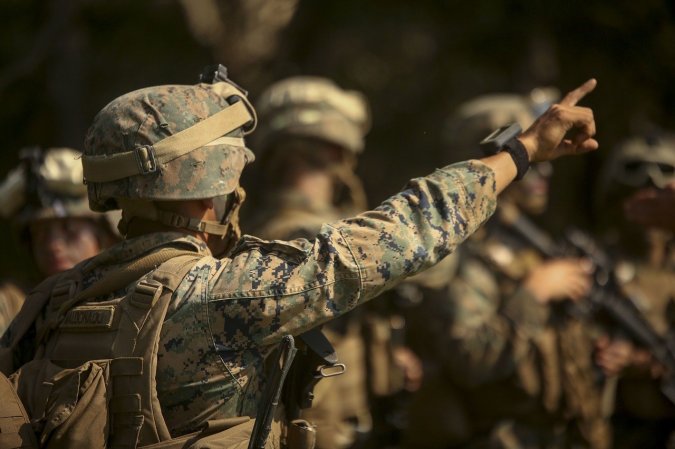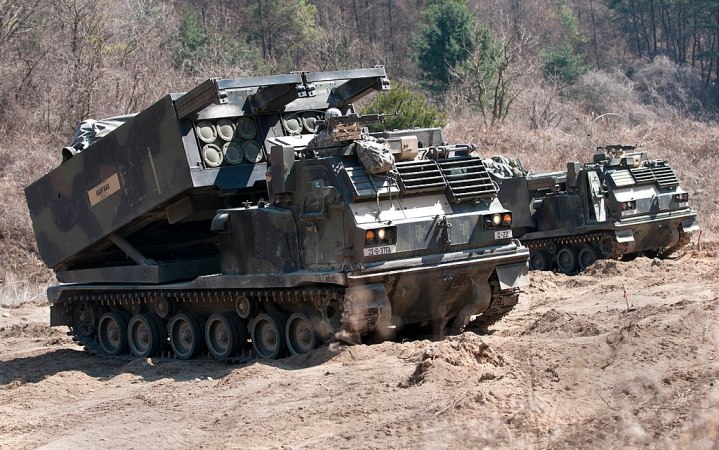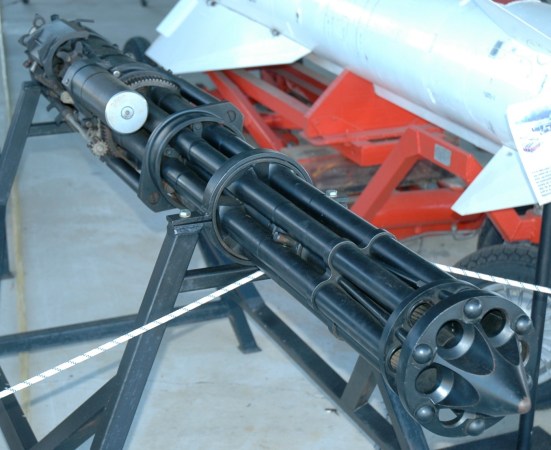In a hypothetical war with Russia, the U.S. holds a lot of advantages. America’s Air Force and Navy are the largest in the world. The U.S. military is an all-volunteer force while Russia’s military is still reliant on conscriptions to fill out the ranks.
But there is one area of a conventional war where Russia holds a real advantage: artillery. While America has evolved into a leader in precision artillery fires, Russia has continued to build on its range and ability to deliver massed fires, which are more important factors in an artillery battle between armies.

The U.S. Army worked hard for its precision. Artillery presents a lot of natural challenges to accuracy. The arc of the round and the time of flight, anywhere from a few seconds to a few minutes, means that the environment gets a lot of chances to blow artillery off target.
Plus, artillery crews can’t usually see their targets or where their rounds land. A forward observer calls the guns from the frontline and reads off target data. The gun crew uses this description to fire. The observer will let them know if they hit anything, what corrections to make, and how many more rounds are needed.
Target movement makes the challenge even harder. Crews still have to rely on the observer, but against moving targets they also have to hope that the target won’t change its direction or speed in the 30 seconds to three minutes that the round is flying to the target.

But the U.S. managed to create precision fires by spending a lot of time and money on laser and GPS-guided artillery rounds that can steer during flight. It also trained its crews for maximum accuracy even when using more traditional rounds.
Because of this innovation and work, American artillery crews could engage enemy forces within a couple hundred meters of friendly troops as long as the observer agrees to a “Danger Close” mission and the crew double checks their math. Troops in Iraq and Afghanistan could drop rounds near schools and mosques while remaining confident they wouldn’t destroy any friendly buildings.
The problem is this precision isn’t as necessary in a fight against another nation state. After all, if the enemy has troops camped along a ridge, missing the center by a couple hundred feet wouldn’t matter much. The round would still hit one of the tents or vehicles. And massed fires, shooting a lot at once, would ensure that any specific target would likely be destroyed.
So instead of investing as much as the U.S. did in getting super accurate, Russia invested in getting more guns and rockets that could fire faster and farther.

Some of those new rockets and guns can fire farther than their U.S. counterparts, meaning that American artillerymen would have to drive their guns into position and emplace them while Russian artillery is already raining down around them.
Russia also invested in new capabilities like drones that pack into rocket tubes and kamikaze themselves against targets as well as thermobaric warheads that fit onto rockets and can be fired en masse. Thermobaric weapons release fuel or metal fragments into the air and then detonate it, creating a massive blast wave and flash fire.

These developments have not gone unnoticed by the U.S. Lt. Gen. H.R. McMaster gave a briefing in May where he talked about the new threats from Russia’s artillery and called for America to get more serious about artillery against a near-peer adversary.
It’s not time to go running under the tables, yet. Russia’s advantage in an artillery duel is partially countered by America’s dominance in the air. Bombers could launch strikes against the most-capable of the Russian guns provided that the guns aren’t defended by Russia’s top-tier air defenses.

America also has more numerous and more capable cruise and other long-range missiles than Russia, meaning that there would be opportunities to degrade Russia’s capabilities before the two artillery forces clashed. And America does have great drone and thermobaric capabilities, just not in its artillery corps.
But if America wants an advantage in all areas ahead of a potential war, it’s time to get serious about massed fires once again.


























